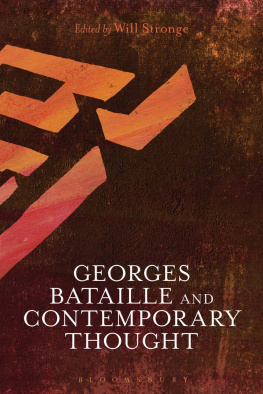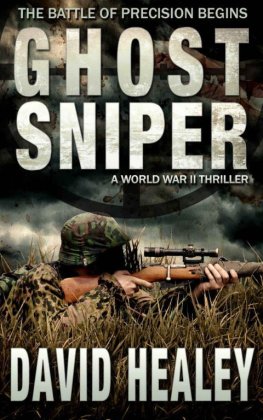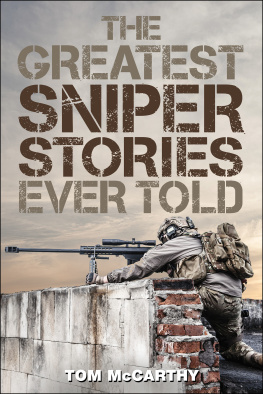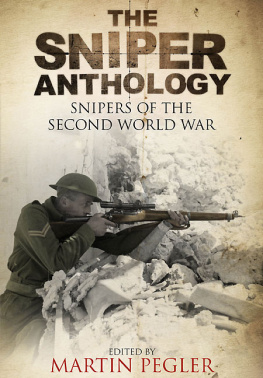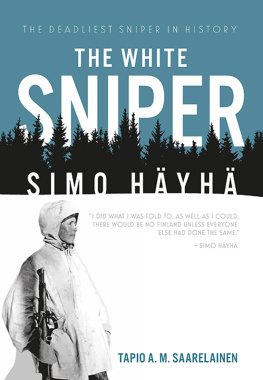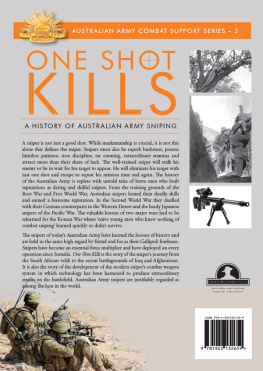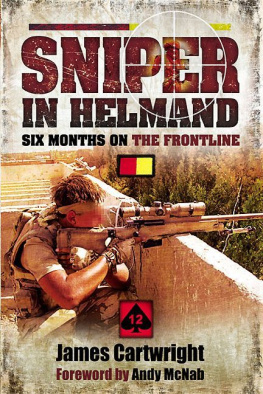

First published in 2011 by
Amber Books Ltd
Bradleys Close
7477 White Lion Street
London N1 9PF
United Kingdom
www.amberbooks.co.uk
Copyright 2011 Amber Books Ltd.
All rights reserved. With the exception of quoting brief passages for the purpose of review no part of this publication may be reproduced without prior written permission from the publisher. The information in this book is true and complete to the best of our knowledge. All recommendations are made without any guarantee on the part of the author or publisher, who also disclaim any liability incurred in connection with the use of this data or specific details.
ISBN: 978-1-907446-29-0
eISBN: 978-1-907446-84-9
Project Editor: Michael Spilling
Picture Research: Terry Forshaw
Designer: Hawes Design
Additional text: Martin J. Dougherty
Printed in China
P ICTURE C REDITS:
Jonathan Alpeyric (CC Attribution Share Alike 3.0 Licence)
Amber Books
Art-Tech/Aerospace
Art-Tech/MARS
Australian Department of Defence
Australian War Memorial
Board of Trustees of the Armouries
Bridgeman Art Library (Peter Newarks American Pictures) (Stapleton Collection) (Ken Welsh) (Stapleton Collection)
Cody Images
Corbis (Hulton) (Hulton) (Bettmann) (Rob Howard) (EPA/Anja Niedringhaus) (Kate Brooks) (In Pictures/Richard Baker) (Reuters/Paul Saxby) (Reuters/Chris Helgren) (Reuters/Atef Hassan)
Mary Evans Picture Library (Robert Hunt Library)
Getty Images (Science and Society) (Hulton) (Hulton) (Ghaith Abdul-Ahad) (Giles Penfound) (AFP/John D. McHugh)
LEI
McMillan Group International, LLC
Press Association Images (Musa Sadulayev) (Zoran Sinko) (Rikard Larma)
Public Domain
Topfoto (Novosti)
Ukrainian State Archive
U.S. Department of Defense
INTRODUCTION

U.S. Marine Corps scout/snipers at Marine Corps Development and Education Command. Both snipers wear ghillie suits, developed from the camouflage originally used by Scottish ghillies, which enables them to blend effectively with their surroundings and also breaks up their profile. The Marines are equipped with the M40A3 sniper rifle.
T he sniper, as this particular breed of solitary marksman is now called, is the master of many skills. He is first and foremost a marksman and supreme practitioner with a long-range rifle; he is a master of movementable to maneuver himself into position unseen and remain undetected, often for hours, sometimes for days; he is an expert at camouflage, taking this art way beyond the skills of a regular soldier; and he has a generals ability to assess ground, fields of fire and the optimum positions to take advantage of all these.
The common snipe bird, which gives its name to the sniper, is known to be remarkably difficult to find on the ground, because of the way it conceals itself in long grass and its well-camouflaged nest and because of its erratic flight. These skills enable both the snipe and the sniper to survive. Concealment from the enemy mixed with deadly accuracy of aim make the sniper an extremely effective weapon and creates a hugely disproportionate effect on the enemy. A sniper is capable of literally reaching the enemys heart with his unseen hand, striking terror into all those around. Not only can the unseen bullets of the sniper keep large numbers of troops pinned down and too afraid to move, they can also eliminate key personnel and thus create an instant impact on the chain of command and morale of the enemy.
This mortal efficiency has caused the sniper to be respected, feared and loathed. The sniper seems akin to an assassin, although in military terms his aims are no different to any other of the fighting arms. A machine-gunner blazing away may hit targets almost at random. An artilleryman is unlikely to see the effects of his shells. A submarine captain is inured from the terror and devastation wreaked by a torpedo and an airman is similarly detached from the damage and victims below. The cold hand of the sniper, however, has a personal and clinical quality that sets it apart.
This book will chart the development of the sniper through history, from the early roots of the sniper as a master of fieldcraft and hunting. Those with the skills to stalk animals and shoot them at long ranges, such as the American frontiersmen, possessed the natural skills to hit human targets from concealed positions. The book examines the personal characteristics and motivations of the sniper through the years and highlights some of the leading snipers in history. The book charts the development of sniping in different wars, how it was used by smaller forces to have a disproportionate effect on larger ones and how it was also used by world powers struggling to contain insurgents in Iraq and Afghanistan. In between are some of the great battles of World War I and World War II, including the stalemate at Stalingrad when the sniper was king.
The book also analyzes the tools of the snipers trade, from the British Baker and Whitworth rifles of the nineteenth century, through the Lee-Enfield, M-1 Garand, Gewehr 41 and Mosin-Nagant rifles of World War I and World War II to the M82A1 Barrett of the twenty-first century.

A Soviet sniper of 21st Army on the Stalingrad front in the winter of 1943, wearing a snow camouflage tunic over layers of cold-weather clothing. He carries a Model 1891/30 Mosin-Nagant bolt-action rifle with a x4 magnification PE sight as well as binoculars for observation.

A member of Morgans Sharpshooters, founded by General Daniel Morgan, fires a Pennsylvania rifle during shooting practice. The brown-fringed buckskin coat and trousers provided an element of camouflage while also being practical and easy to move in.
FROM SKIRMISHERS TO SHARPSHOOTERS
T he name Timothy Murphy may not have the same resonance in American folklore as, say, Daniel Boone but the two had much in common. Both were sons of immigrants from the British IslesMurphy from Irish and Boone from English and Welsh parents. Both were backwoodsmen and frontiersmen, used to hunting for a living, familiar with the ways of Indian tribes and used to surviving for many days on their own. Both men were emblematic of a young country and of the topsy-turvy approach to authority with which that country liked to associate itself. It was an attitude that would continue in later years to create the legend of the Wild West.
In the American War of Independence (177683), during the defense of the Middle Fort in Schoharic Creek in September 1780 against the forces of the British under Sir John Johnston, Timothy Murphy, although of relatively junior rank, imposed his will on both his own commander and the British who were attempting to parlay. Against the orders of his commander, Murphy fired two shots over the heads of the British truce party, forcing them to withdraw and then threatened to shoot anyone in the fort who attempted to run up a flag of surrender. Although Murphy undermined his commander, who resigned his command, the fort was held. Murphy had demonstrated some of the characteristics of the sniper. Although on this occasion he did not shoot to kill, effectively he held his own forces and the British under the power of his rifle. He showed the independence, resilience and self-confidence of the sniper who can literally call the shots. On another famous occasion Timothy Murphys shots would be dead on target and effectively decide the course of a battle.


